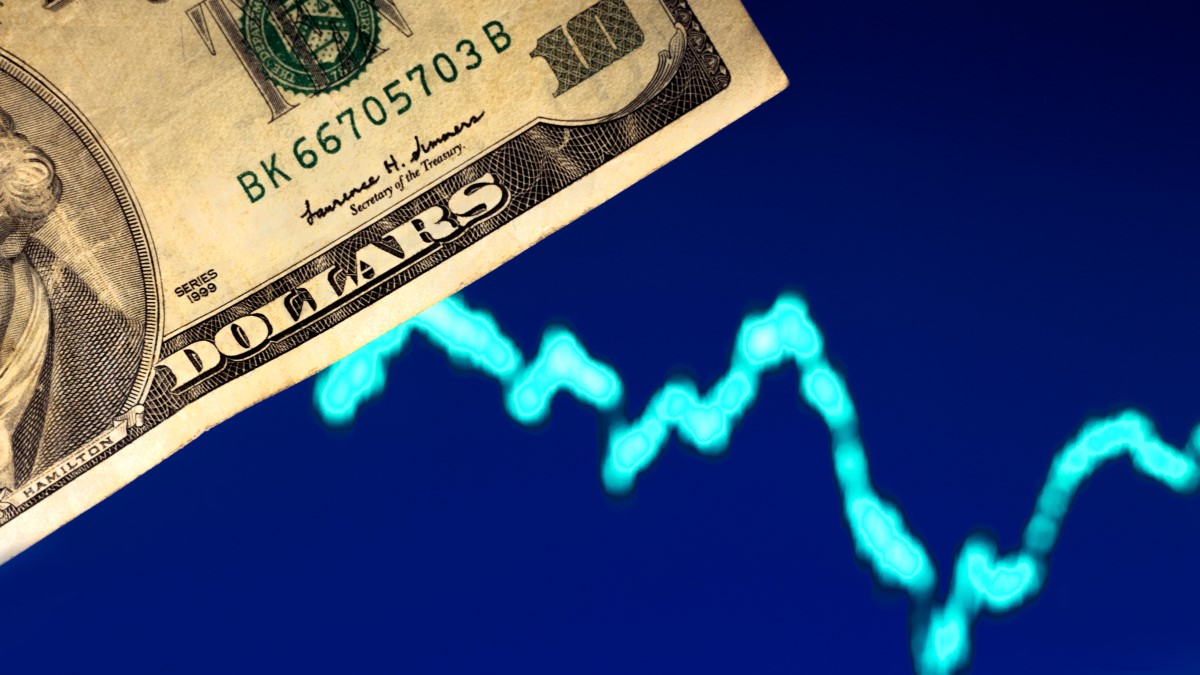Concern about stimulus disagreement spending in the United States contrasts with what is occurring in the European Union.
To narrow their differences and agree on an $864.90 billion (a 750 billion euro) recovery fund, the 27-member bloc did some work over the weekend. Moreover, they worked about a 1.1 trillion-euro 2021-2027 budget to help the continent recover from its deepest recessions since World War Two.
The antipodean currencies took advantage of the United States dollar’s weakness and pushed higher.
Closing in on the highest since April last year, the Australian dollar rose to $0.7138.
Approaching the highest since January this year ($1 = 0.8672 euros), the New Zealand dollar edged up to $0.6648.
Two months ago, the Democratic-run House of Representatives passed a $3 trillion relief bill that the Republican-majority Senate has ignored. Nancy Pelosi is House Speaker. She said that the $1 trillion packages that the Republicans are considering are not sufficient.
The United States Dollar and Other Currencies
Thus, there is concern that Republicans are Democrats struggle to reach consensus on the next round of the United States economic stimulus measures. Therefore, this undermined the United States dollar. So, against most currencies, the dollar nursed some losses.
European leaders agreed on a stimulus plan to fuel recovery from the economic drag caused by the COVID-19 pandemic. On Wednesday, the euro traded near its most energetic level in more than a year.
Risk appetite has improved dramatically this week. Moreover, there was development of progress concerning the vaccine for the novel coronavirus. Thus, this reduced the United States dollar’s safe-haven appeal.
Furthermore, investors forecast a massive amount of fiscal spending in order to support growth in major economies. Nevertheless, it could quickly disappoint investors if any stimulus falls short of expectations.
Shane Oliver is the chief economist at AMP Capital Investors in Sydney. He also works there as the Head of Investment Strategy. He said that you could say that the United States dollar is weaker because of a risk-on move.















